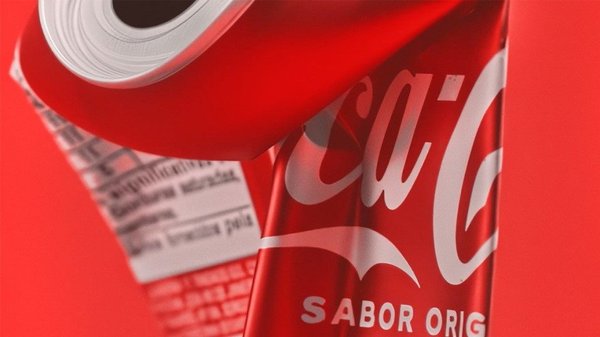
What is it?
People making judgements give undue weight to the first piece of information they come across – sometimes irrationally.
Where does it come from?
A paper published by Daniel Kahneman and Amos Tversky in 1974. In one experiment the researchers exposed participants to a supposedly random number by spinning a rigged wheel of fortune. They then asked participants what proportion of African countries were in the UN and whether it was a higher or lower figure than the number on the wheel. The bogus random number produced a marked effect on people’s estimates. The rigged wheel was designed to land on either 10 or 65, and when it landed on the former, the average estimate was 25%, but when it landed on the latter, the average estimate was 45%.
Is it well established?
It has been replicated numerous times and researchers (including Kahneman) now seem confident that the anchoring bias can be produced by two separate effects. An anchor can influence subjects through unconscious priming, or it can trigger a deliberate process of adjustment away from the initial figure.
Why is it important for marketers?
Pricing, for the most part. In Predictably Irrational professor Dan Ariely talks about how there was almost no market for Tahitian black pearls until Harry Winston bought some from a friend and put them in the window of his New York boutique with an exorbitant price tag. The price of the pearls, combined with magazine ads showing them next to diamonds and other precious stones, established their value in the minds of customers.
Are there any good advertising examples?
Instead of competing with other soft drinks, Red Bull put itself into a market of one by charging twice as much for a can that was only two-thirds the size of a standard Coca-Cola.
In another example, Ikea in Saudi Arabia pegged the price of its furnishings to quantities of everyday household goods. For instance, one advert depicted the price of a bookshelf as two pizzas.







